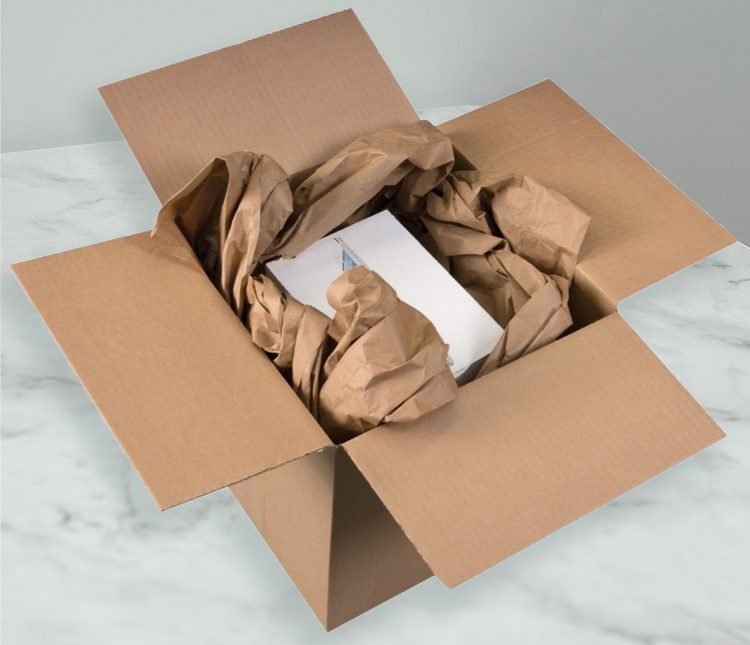
In today's world, where environmental concerns are at the forefront, the debate between paper packaging and plastic packaging has gained significant attention. With the aim of making an informed choice, it is crucial to delve into the various aspects of both options. In this article, we will explore the advantages of paper packaging over plastic, highlighting its superior sustainability, versatility, and overall environmental impact.
- Environmental Impact:
Paper packaging stands out as the more environmentally friendly option when compared to plastic. Unlike plastic, paper is a renewable resource that can be sustainably harvested from responsibly managed forests. Additionally, paper is biodegradable and can be recycled multiple times, reducing waste and minimizing its impact on landfills. On the other hand, plastic is derived from non-renewable fossil fuels and takes hundreds of years to decompose, contributing to pollution and posing a threat to wildlife. - Versatility and Functionality:
Paper packaging offers a wide range of versatility and functionality, making it suitable for various industries. It can be easily molded, folded, and shaped to accommodate different product sizes and shapes. Moreover, advancements in paper manufacturing techniques have led to the development of water-resistant and grease-resistant coatings, enhancing its durability and suitability for packaging food and beverages. Plastic, although initially perceived as more versatile, often lacks the same level of customization and can be limited in its applications. - Consumer Perception and Brand Image:
In recent years, consumers have become increasingly conscious of the environmental impact of their purchasing decisions. Opting for paper packaging can help businesses align with consumer values and enhance their brand image. By choosing paper over plastic, companies can showcase their commitment to sustainability, attracting environmentally conscious consumers and gaining a competitive edge in the market. - Carbon Footprint:
When considering the carbon footprint, paper packaging has a significantly lower impact compared to plastic. The production of paper requires less energy and emits fewer greenhouse gases compared to plastic manufacturing. Additionally, the recycling process for paper consumes less energy and water, further reducing its environmental footprint. By choosing paper packaging, businesses can contribute to the global efforts in reducing carbon emissions and combating climate change.
Conclusion:
In conclusion, paper packaging emerges as the superior choice when compared to plastic packaging. Its sustainable sourcing, recyclability, versatility, and positive consumer perception make it a compelling option for businesses across various industries. By embracing paper packaging, companies can demonstrate their commitment to environmental stewardship, reduce their carbon footprint, and contribute to a more sustainable future. It is time to prioritize the use of paper packaging and pave the way for a greener and more eco-friendly world.


